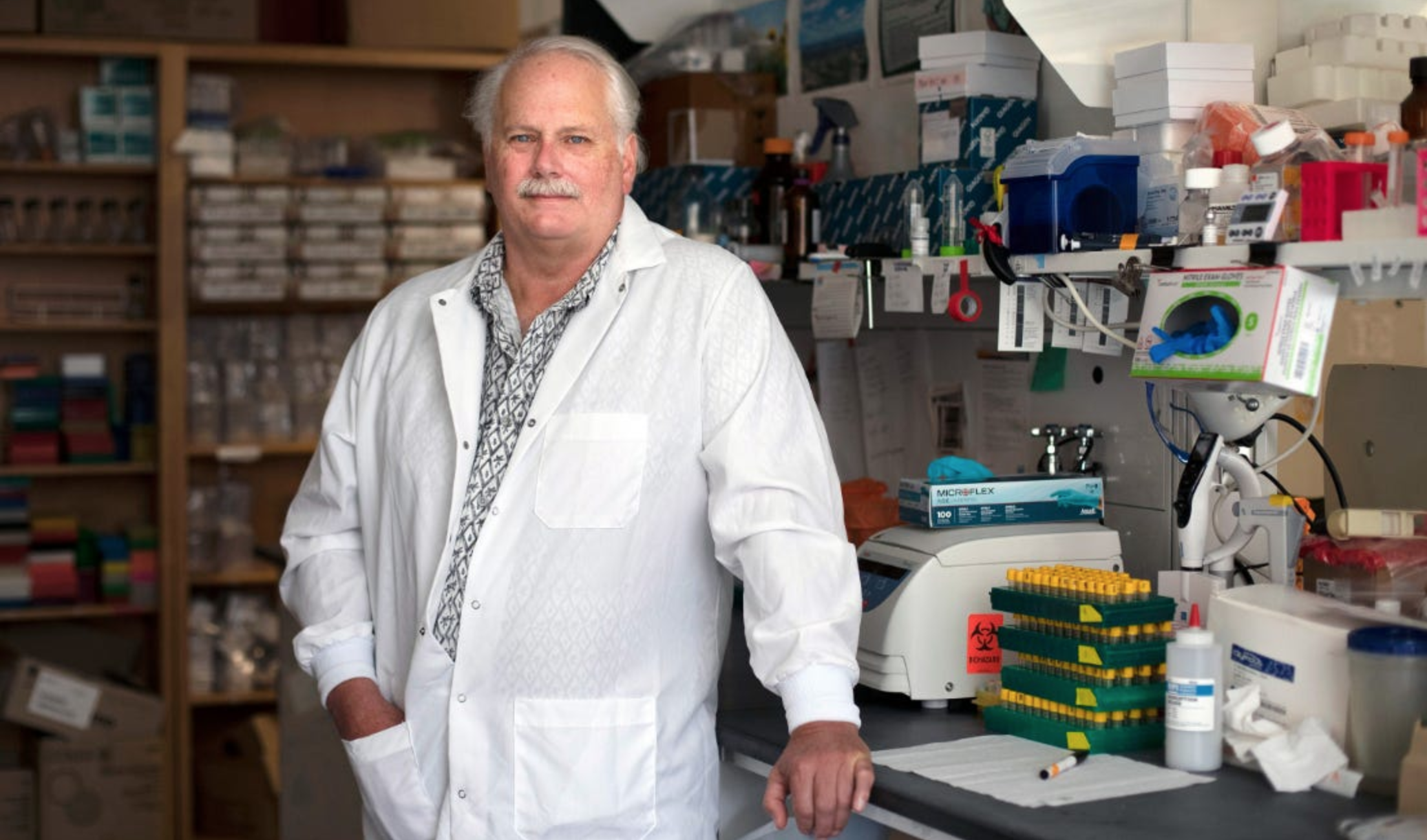Hydroxychloroquine, even at prophylactic dosages, has far reaching abilities for distribution throughout the human body, including entering cells. In doing so, it has been proven to inhibit both viral RNA replication and repackaging functions inside cells by decreasing the acidity of the cytoplasmic environment within key structures such as the endoplasmic reticulum and the golgi apparatus.
In addition, Zinc is able to effectively block virus RDRP (RNA-dependent RNA polymerase) replication of RNA through limiting its engagement with ribosomes by binding with these enzymes.
It is critical for zinc to be able enter cells to destroy the virus, which makes the discovery of an ionophore as important as zinc’s primary role in infection control. Hydroxychloroquine has been previously identified as an effective zinc ionophore which creates passageways for Zinc to penetrate cell walls.
The combination of these two agents acting together delivers a very powerful antiviral effect, prohibiting viral loads from escalating to the point of patients needing hospitalisation and importantly, from being able to be repackaged for transmission to new hosts.
The complementary effect of HCQ and Zinc within the cytoplasm, through their combined MOA, inhibits every process in the replication of the virus and its ability to repackage, increase viral load and be transmitted.
Abstract
Increasing the intracellular Zn(2+) concentration with zinc-ionophores like pyrithione (PT) can efficiently impair the replication of a variety of RNA viruses, including poliovirus and influenza virus. For some viruses this effect has been attributed to interference with viral polyprotein processing. In this study we demonstrate that the combination of Zn(2+) and PT at low concentrations (2 µM Zn(2+) and 2 µM PT) inhibits the replication of SARS-coronavirus (SARS-CoV) and equine arteritis virus (EAV) in cell culture. The RNA synthesis of these two distantly related nidoviruses is catalyzed by an RNA-dependent RNA polymerase (RdRp), which is the core enzyme of their multiprotein replication and transcription complex (RTC). Using an activity assay for RTCs isolated from cells infected with SARS-CoV or EAV--thus eliminating the need for PT to transport Zn(2+) across the plasma membrane--we show that Zn(2+) efficiently inhibits the RNA-synthesizing activity of the RTCs of both viruses. Enzymatic studies using recombinant RdRps (SARS-CoV nsp12 and EAV nsp9) purified from E. coli subsequently revealed that Zn(2+) directly inhibited the in vitro activity of both nidovirus polymerases. More specifically, Zn(2+) was found to block the initiation step of EAV RNA synthesis, whereas in the case of the SARS-CoV RdRp elongation was inhibited and template binding reduced. By chelating Zn(2+) with MgEDTA, the inhibitory effect of the divalent cation could be reversed, which provides a novel experimental tool for in vitro studies of the molecular details of nidovirus replication and transcription.

Source: The article saying Zinc is effective against coronavirus is written by Ralph Baric in 2010.